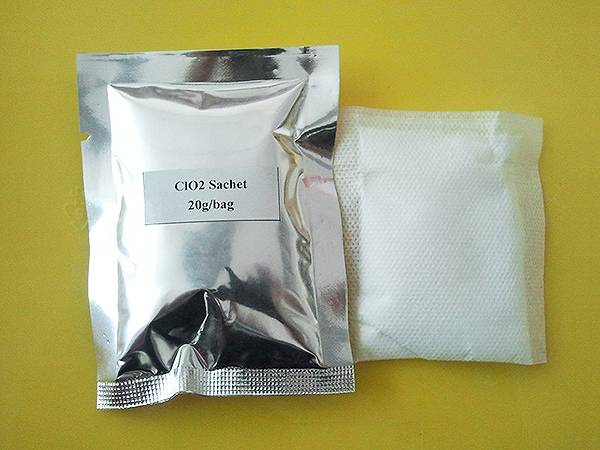



Understanding the pH Level of Concentrated Sodium Hydroxide Solutions in Chemistry
Understanding the pH of Concentrated Sodium Hydroxide
Sodium hydroxide (NaOH), commonly known as lye or caustic soda, is a highly versatile chemical compound with significant applications in various industries, including food preparation, cleaning agents, and the manufacturing of soap. One of the most critical properties of sodium hydroxide is its strong basicity, which is often measured using the pH scale. In this article, we will explore the concept of pH, the implications of concentrated sodium hydroxide solutions, and safety considerations when handling this strong alkali.
What is pH?
The pH scale is a logarithmic measure of the acidity or basicity of a solution, ranging from 0 to 14. A pH value of 7 is considered neutral, while values below 7 indicate acidity and values above 7 indicate basicity. Each unit change in pH represents a tenfold change in hydrogen ion concentration. For example, a solution with a pH of 5 has ten times more hydrogen ions than a solution with a pH of 6.
pH of Sodium Hydroxide
Sodium hydroxide is a strong base, meaning that it completely dissociates in water to produce hydroxide ions (OH⁻) and sodium ions (Na⁺). In concentrated solutions, NaOH can achieve extremely high pH values. For instance, a 1 M (molar) solution of sodium hydroxide has a pH of approximately 13-14, indicating a highly caustic nature. As concentrations increase, the pH can exceed 14, although the scale traditionally goes up to 14. This characteristic makes concentrated sodium hydroxide solutions particularly effective for several industrial applications, including neutralizing acids, making biodiesel, and as a drain cleaner.
Implications of High pH
The high pH of concentrated sodium hydroxide solutions has both beneficial and hazardous implications. In laboratories and industrial settings, its strong basicity is utilized for saponification in soap-making, where fats react with sodium hydroxide to produce soap. Additionally, it plays a crucial role in pH regulation processes, where the adjustment of acidity or basicity is essential for chemical reactions.
However, the aggressive nature of sodium hydroxide can pose significant risks. Concentrated sodium hydroxide can cause severe chemical burns upon contact with skin, and its fumes can be harmful if inhaled. Even small quantities can be dangerous, leading to respiratory issues or irritation of mucous membranes. Therefore, handling concentrated sodium hydroxide requires personal protective equipment, including gloves, goggles, and masks, along with proper training and safety protocols.
ph of concentrated sodium hydroxide

Safety Considerations
When working with concentrated sodium hydroxide, safety is paramount. Here are key safety tips
1. Personal Protective Equipment (PPE) Always wear appropriate PPE, including gloves, safety goggles, and protective clothing, to prevent contact with skin and eyes.
2. Proper Storage Store sodium hydroxide in a cool, dry place, away from incompatible substances such as acids, which can lead to violent reactions.
3. Spill Response Know the proper procedures for dealing with spills. Use absorbent materials designed for caustic substances, and ensure that any cleanup efforts follow your facility's safety protocols.
4. Ventilation Ensure that there is adequate ventilation in areas where sodium hydroxide is used to minimize exposure to potentially harmful fumes.
5. First Aid Have a plan in place for first aid in case of exposure. This includes having access to eyewash stations and safety showers, as well as clear instructions on how to handle chemical burns.
Conclusion
The pH of concentrated sodium hydroxide solutions is an essential attribute that underscores its powerful nature as a strong base. While its high pH makes it invaluable in various applications, it also necessitates stringent safety measures to mitigate risks associated with its use. Understanding the characteristics and dangers of sodium hydroxide is crucial for anyone working with this chemical, ensuring safety and effectiveness in its applications. By adhering to proper handling practices and respecting the power of this compound, one can harness the benefits of sodium hydroxide while minimizing potential hazards.
-
Why Sodium Persulfate Is Everywhere NowNewsJul.07,2025
-
Why Polyacrylamide Is in High DemandNewsJul.07,2025
-
Understanding Paint Chemicals and Their ApplicationsNewsJul.07,2025
-
Smart Use Of Mining ChemicalsNewsJul.07,2025
-
Practical Uses of Potassium MonopersulfateNewsJul.07,2025
-
Agrochemicals In Real FarmingNewsJul.07,2025
-
Sodium Chlorite Hot UsesNewsJul.01,2025










